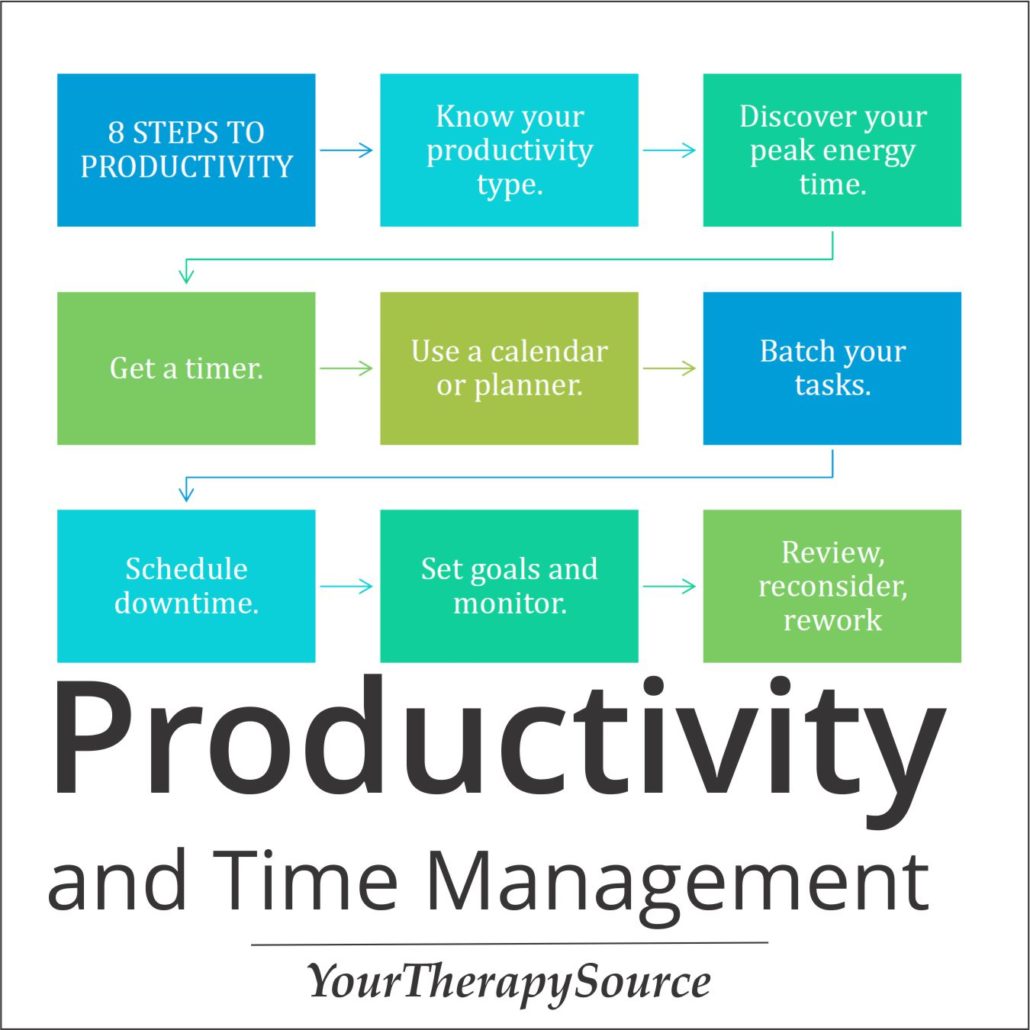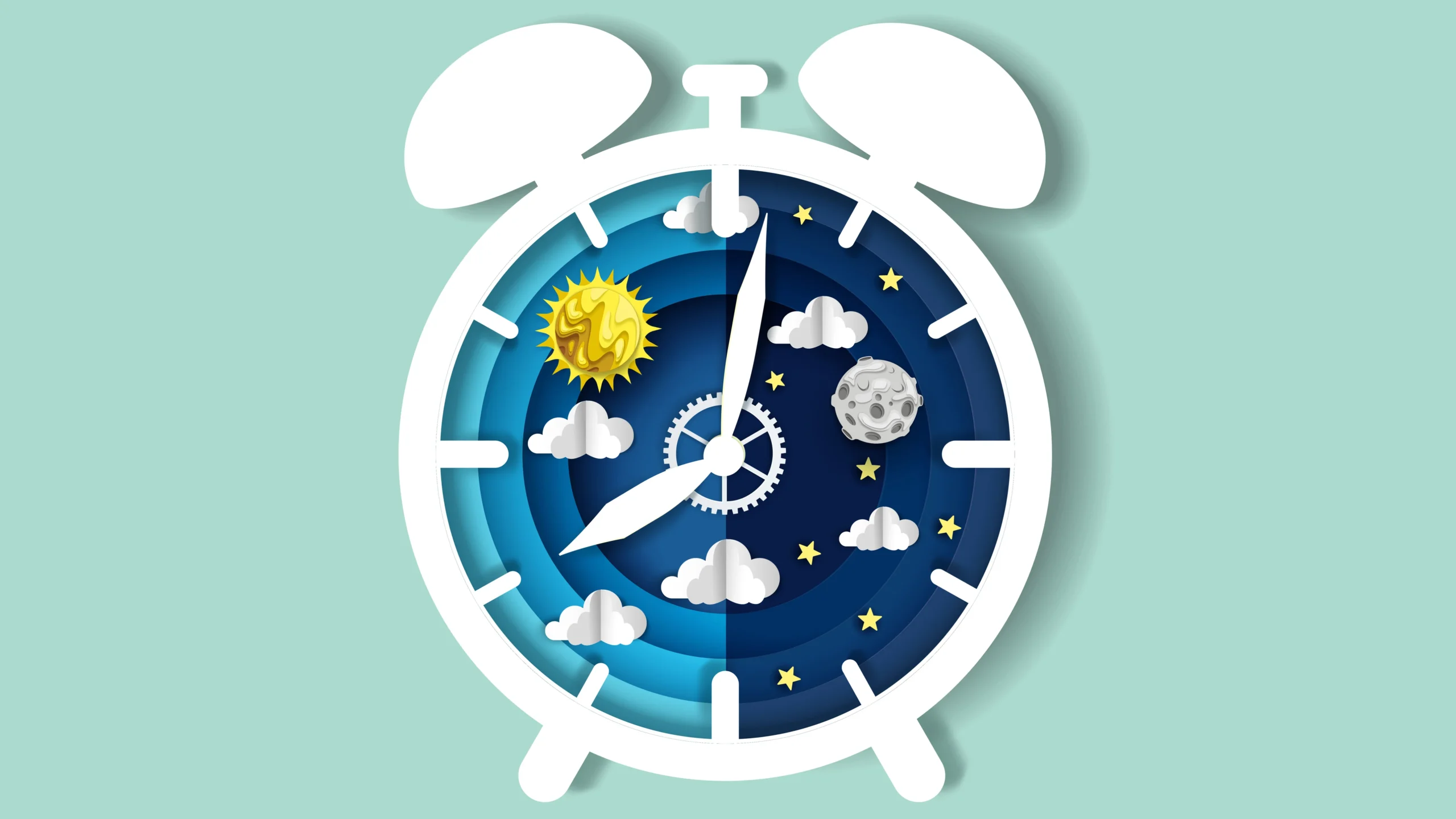Boost Your Productivity: Simple Time Management Strategies

Unlocking Your Potential: A Deep Dive into Productivity and Time Management
We all have the same 24 hours in a day, yet some individuals seem to accomplish far more than others. What’s their secret? Often, it boils down to effective productivity and time management strategies. This isn’t about working harder; it’s about working *smarter*. This post will explore a range of techniques you can implement today to boost your efficiency, reclaim lost hours, and ultimately achieve your goals.
Understanding the Fundamentals: What is Productivity & Time Management?
Before we dive into specific strategies, let’s define what productivity and time management actually *mean*. Productivity isn’t simply about doing more; it’s about achieving desired outcomes with the resources available – primarily your time and energy. Time management is the art of organizing and planning how you spend that time to maximize your productive output.
Poor time management often leads to feeling overwhelmed, stressed, and ultimately unproductive. Conversely, mastering these skills can lead to reduced stress, increased accomplishment, and a greater sense of control over your life.
Core Strategies for Enhanced Productivity
Let’s break down some actionable strategies you can incorporate into your daily routine. We’ll divide these into categories: Planning & Prioritization, Task Management Techniques, Environmental Factors, and Mindset Shifts.
Planning & Prioritization
- The Eisenhower Matrix (Urgent/Important): This is a classic for a reason. Divide tasks into four quadrants based on urgency and importance: 1) Urgent and Important (Do First), 2) Important but Not Urgent (Schedule Time For), 3) Urgent but Not Important (Delegate if Possible), and 4) Neither Urgent nor Important (Eliminate). This helps you focus your efforts where they matter most.
- Goal Setting: Clearly defined goals are the foundation of productivity. Use the SMART framework – Specific, Measurable, Achievable, Relevant, and Time-bound – to ensure your goals are well-defined and actionable. A vague goal like “Get in shape” is far less motivating than “Run a 5k race by December 31st.”
- Daily/Weekly Planning: Dedicate time each day (or week) to plan your activities. This could involve writing down tasks, scheduling appointments, and allocating specific blocks of time for different projects. Proactive planning avoids reactive firefighting later on.
Task Management Techniques
- The Pomodoro Technique: Work in focused bursts (typically 25 minutes) followed by short breaks (5 minutes). After four “pomodoros,” take a longer break (15-30 minutes). This combats mental fatigue and maintains concentration.
- Time Blocking: Allocate specific blocks of time for particular tasks or activities. Treat these blocks as appointments you can’t miss. This ensures that important work gets the attention it deserves.
- The Two-Minute Rule: If a task takes less than two minutes to complete, do it immediately rather than adding it to your to-do list. This prevents small tasks from accumulating and becoming overwhelming.
- Eat That Frog! (Brian Tracy): Tackle the most challenging or unpleasant task first thing in the morning. Getting it out of the way removes a psychological barrier for the rest of the day.
Environmental Factors
- Minimize Distractions: Identify your biggest distractions (social media, email notifications, noisy environments) and actively minimize them. Turn off notifications, use website blockers, or find a quiet workspace.
- Organize Your Workspace: A cluttered environment leads to a cluttered mind. A clean and organized workspace promotes focus and efficiency.
- Batch Similar Tasks: Group similar tasks together (e.g., responding to emails, making phone calls) to minimize context switching, which can be surprisingly draining on your cognitive resources.
Mindset Shifts
-
- Learn to Say “No”: Overcommitting yourself is a recipe for burnout and decreased productivity. Politely decline requests that don’t align with your priorities.
Practicing the art of saying no is essential for protecting your time and energy.
- Embrace Imperfection: Striving for perfection can be paralyzing. Focus on progress, not perfection. “Done” is better than “perfect.”
- Regular Breaks & Self-Care: Taking breaks isn’t a sign of laziness; it’s an investment in your productivity. Ensure you get enough sleep, eat healthy, and engage in activities that help you recharge.
Tools to Aid Your Productivity Journey
While these strategies are effective on their own, several tools can further enhance your productivity:

- Task Management Apps: Todoist, Asana, Trello – all offer robust features for organizing tasks, setting deadlines, and collaborating with others.
- Calendar Applications: Google Calendar, Outlook Calendar – Essential for scheduling events and blocking out time for focused work.
- Note-Taking Apps: Evernote, OneNote, Notion – Capture ideas, organize information, and keep track of progress.
- Time Tracking Tools: Toggl Track, RescueTime – Monitor how you spend your time to identify areas for improvement.
Beyond the Basics: Advanced Productivity Techniques
Once you’ve mastered the fundamentals, consider exploring more advanced techniques:
- Parkinson’s Law: This law states that work expands to fill the time available for its completion. By setting shorter deadlines, you can often accomplish tasks more efficiently.
- Getting Things Done (GTD) Methodology: Developed by David Allen, GTD is a comprehensive system for capturing, organizing, and prioritizing all your commitments. It’s a powerful, albeit complex, approach to productivity.
Conclusion: Productivity Is A Journey, Not a Destination
Improving productivity and mastering time management are ongoing processes. There’s no one-size-fits-all solution; the key is to experiment with different strategies and tools until you find what works best for *you*. Be patient with yourself, consistently apply these techniques, and you’ll gradually unlock your full potential and achieve a greater sense of balance in your life. Remember that consistency is key – small changes implemented regularly will lead to significant improvements over time.



